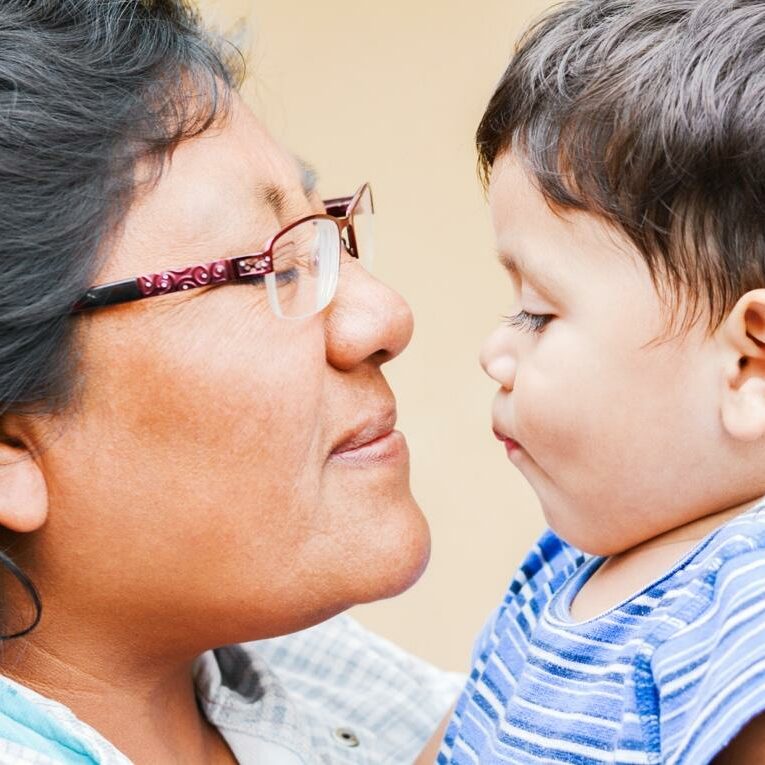Learn the practice of EMDR Group Protocols
We provide a group series containing powerful protocols that can be used within a wide range of populations utilizing the power offered by group work. This series begins with the Group Traumatic Episode protocol (G-TEP) developed by Elan Shapiro. This protocol has robust research supporting its effectiveness with adults. During the second day, participants will learn the Group Traumatic Episode protocol with Children(G-TEP) adapted by Ana Gomez.
A rich training that will offer multiple tracks in which C-GTEP can be used with children. The parenting wheel and the Group Parent Empowering Protocol are thoroughly covered on the third day. Clinicians learn how to use the power of metaphors, images, and group work as we teach parents complex concepts like co-regulation and reflective communication. The combination of GPEP, a resource protocol, with GTEP, both a resource and a processing protocol, will be addressed. Even when using a group approach, a systemic lens may be used by having children’s groups parallel to parenting groups.
Many community mental health agencies, clinics, and residential treatment facilities are experiencing high numbers of clients exceeding their resources. It is essential to keep in mind that not every child, adult, or parent needs individual and comprehensive therapeutic work with extensive stabilization. Incorporating group treatment within an EMDR approach has the potential to optimize institutional resources and reach a higher number of children, adolescents, parents, and adults in need of services. GTEP, C-GTEP, the parenting wheel, and GPEP offer the opportunity to work with small and large groups such as refugees, schoolchildren, and communities affected by trauma. It may be used as a stand-alone treatment or as part of an extensive group treatment in which psychoeducation and in-depth stabilization are used, culminating in processing traumatic episodes with C-GTEP. At the end of this series, clinicians will be fully equipped with multiple group protocols that can also be used individually with their clients. This series will expand and enrich the scope of your practice!
G-TEP: Group Traumatic Episode protocol (Elan Shapiro)
The G-TEP protocol is a valuable tool for clinicians who serve disaster victims, refugees, families, and individuals who have been subjected to adverse and traumatic experiences and need to attain emotion regulation, lower levels of disturbance of stress, and balance.

Group protocols optimize institutional resources and allow them to provide services to more clients. Criteria will be discussed, as well as instruments that can be used to determine who is suitable to receive these protocols.
The GTEP provides resources and a path to gradual processing without overly activating the client/patient to stabilize and create greater emotional balance.
Objectives:
Participants attending this workshop will be able to:
- Cite the theory and principles of GTEP based and founded on the EMDR Adaptive Information Processing Model (AIP).
- Cite the differences between traumatic event and episode.
- Follow the procedural steps of the four elements to support the client’s stabilization and safety.
- Utilize GTEP procedural steps with disaster victims, refugees, families, and individuals who have been subjected to adverse and traumatic experiences and need to attain emotion regulation, lower levels of disturbance of stress, and regain balance.
Group Traumatic Episode Protocol with Children (C-GTEP)

C-GTEP is an adaptation for children of the original protocol developed by Elan Shapiro. This group protocol has procedural steps that guide children to work through traumatic episodes. It also guides children to create and connect with numerous resources and gradually enter segments of the traumatic episode. The Butterfly Journey guides our little clients through adversity while staying supported by their resources and the butterfly metaphor.
Participants in this training will learn how to utilize C-GTEP in three different formats, which include play, expressive arts, and movement, which stimulate and engage the ventral vagal system.
C-GTEP is an adaptation for children of the original protocol developed by Elan Shapiro. This group protocol has procedural steps that guide children to work through traumatic episodes. It also guides children to create and connect with numerous resources and gradually enter segments of the traumatic episode. The Butterfly Journey guides our little clients through adversity while staying supported by their resources and the butterfly metaphor.
Participants in this training will learn how to utilize C-GTEP in three different formats, which include play, expressive arts, and movement, which stimulate and engage the ventral vagal system.
Objectives:
Participants attending this workshop will be able to:
- Cite the theory and principles of GTEP based and founded on the EMDR Adaptive Information Processing Model (AIP).
- Cite the differences between traumatic event and episode.
- Follow the procedural steps of the Container protocol included in phase one of C-GTEP.
- Utilize C-GTEP procedural steps for disaster victims, refugees, families, and individuals who have been subjected to adverse and traumatic experiences and are in need of attaining emotional regulation, lower levels of disturbance of stress, and regain balance.
- Utilize the C-GTEP workbook with children.
- Utilize the C-GTEP in the sand tray with children
- Utilize the C-GTEP “on the ground” with children
The Parenting Wheel (PW) and the Group Parent Empowering Protocol (GPEP)

The PW uses metaphors, analogies, and images to support the parent in integrating concepts that may be complex, such as how to be an external regulator and a co-organizer of experience for the child.
The G-PEP deals exclusively with resources to increase the capacity for regulation, mentalization, and state change, as well as integrating parental abilities.
Clinicians may use the PW and GPEP to strengthen resources, capacities and provide parenting education. This culminates with the processing of the trauma that may interfere with the parent's ability to connect, resonate and respond contingently to the child's needs by using GTEP.
Objectives:
Participants attending this workshop will be able to:
- Cite the theory and principles of the parenting wheel that teaches parents principles and hands-on techniques to co-regulate and co-organize the child’s experience, mirror, parent from the most balanced self, connect with playfulness as they parent, and establish boundaries.
- Utilize images and metaphors to support the parent in learning parenting skills founded on attachment theory,
- Polyvagal theory, regulation theory, and the AIP model.
- Develop resources with parents utilizing procedural steps inspired by the GTEP and the Resource
- Development and Installation Protocol (RDI) (Korn & Leeds, 2002).
- Utilize EMDR-based GPEP to empower parents as they parent their children.

